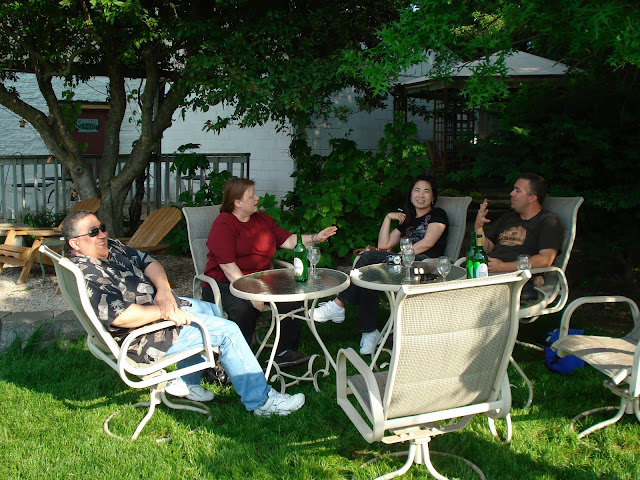The nineteen-month occupation of Alcatraz Island that began on November 20, 1969 is a watershed in the American Indian protest and activist movement. Prior to this event, Indian activism was generally tribal in nature, centered in small geographic areas, and focused on specific issues such as illegal trespass on Indian lands or violation of Indian treaty rights for access to traditional hunting and fishing sites. The Alcatraz occupation brought together hundreds of Indian people who came to live on the island and thousands more who identified with the call for self-determination, autonomy, and respect for Indian culture.
Today, the Alcatraz occupation is recognized as the springboard for the rise of Indian activism that began in 1969 and continued into the late 1970s, as evidence by the large number of occupations that occurred shortly after the November 20, 1969 landing. These occupations continued through the BIA headquarters takeover in 1972, Wounded Knee II in 1973, and the June 26, 1975 shootout between American Indian Movement members and Federal Bureau of Investigation agents on the Pine Ridge Reservation in South Dakota. Alcatraz was the catalyst for this new activism as it became more organized and more "pan-Indian." Many of the approximately seventy-four occupations of federal facilities and private lands that followed Alcatraz were either planned by or included people who had been involved in the occupation of the island.
The Indian people who organized the occupation and those who participated either by living on the island or working to solicit donations of money, water, food, or electrical generators, came from all walks of life. Some, like Richard Oakes and LaNada Boyer, were college students trying to better themselves and Indian people through education. Others, such as Adam (Nordwall) Fortunate Eagle, Dorothy Lonewolf Miller, and Stella Leach, had relocated to the Bay Area and were successful in their own businesses or careers. As the occupation gained international attention, Indian people came from Canada, from South America, and from Indian reservations across the United States to show support for those who had taken a stand against the federal government. Thousands came; some stayed, and others carried the message home to their reservations that Alcatraz was a clarion call for the rise of Red Power.
The success or failure of the occupation should not be judged by whether the demand for title to the island was realized. If one were to use this criterion, the only possible judgment would be that the occupation was a failure. Such is not the case. The underlying goal of the Indians on Alcatraz Island was to awaken the american public to the plight of the first Americans, to the suffering caused by the federal government's broken treaties and broken promises, and to the need for Indian self-determination. In this the occupiers were indeed successful. As a result of the Alcatraz occupation, either directly or indirectly, the official U.S. government policy of termination of Indian tribes was ended, replaced by a policy of Indian self-determination.
The people, young and old, who stood against the federal government for nineteen months endured severe hardships such as lack of water, heat, and electricity. However, days and nights on the island were often filled with a new-found sense of pride in Indian culture--what the occupiers called "Indianness"--and with a new freedom from government control. The days and nights were also filled with fear that the government might come at any time and forcibly remove the Indians from the island. And, in fact, on June 11, 1971, United States marshals, GSA federal protective officers, and FBI agents removed the remaining occupation force of fifteen Indians: six men, four women, and five children.
Professor Troy Johnson
California State University, Long Beach
































